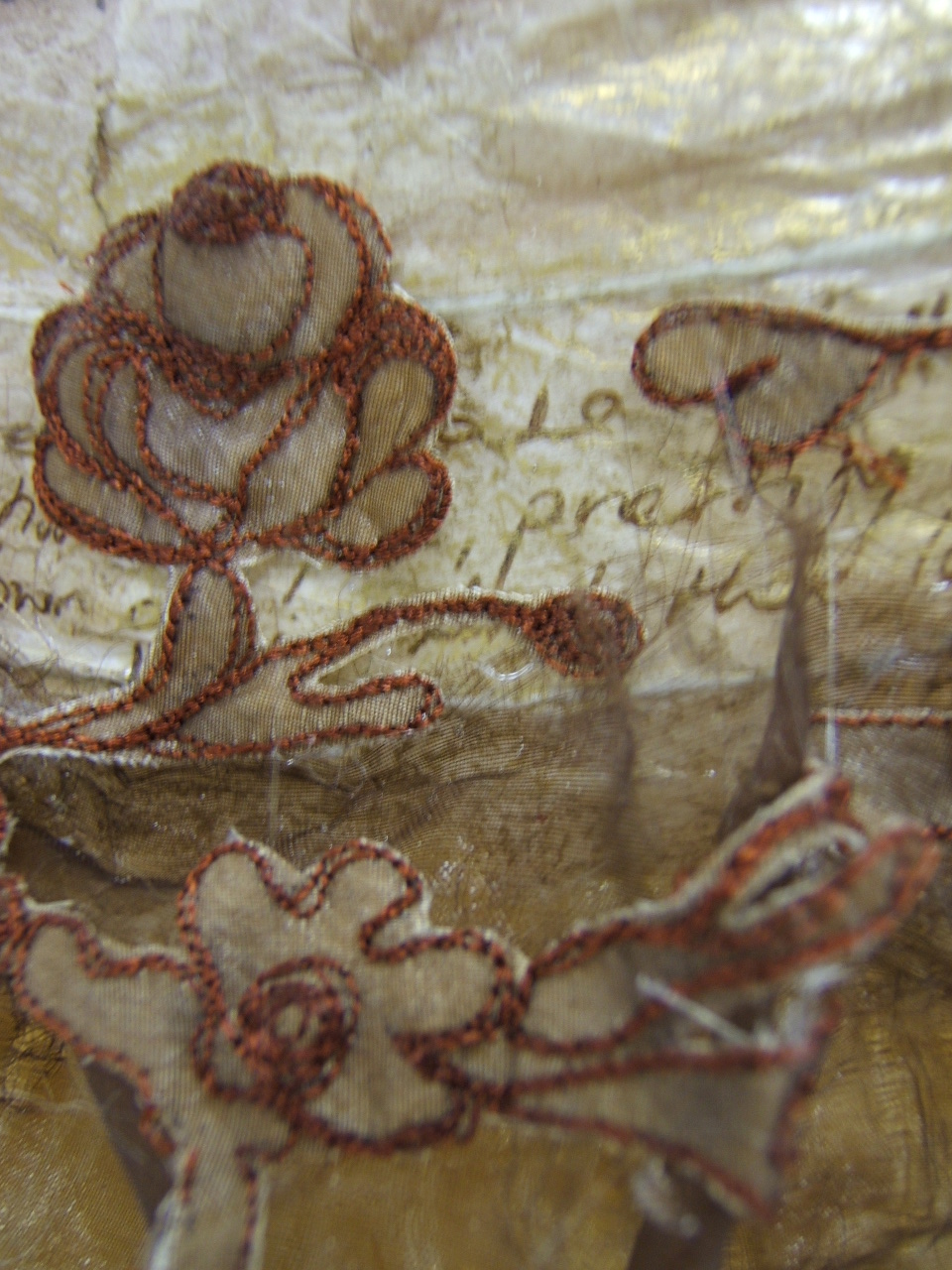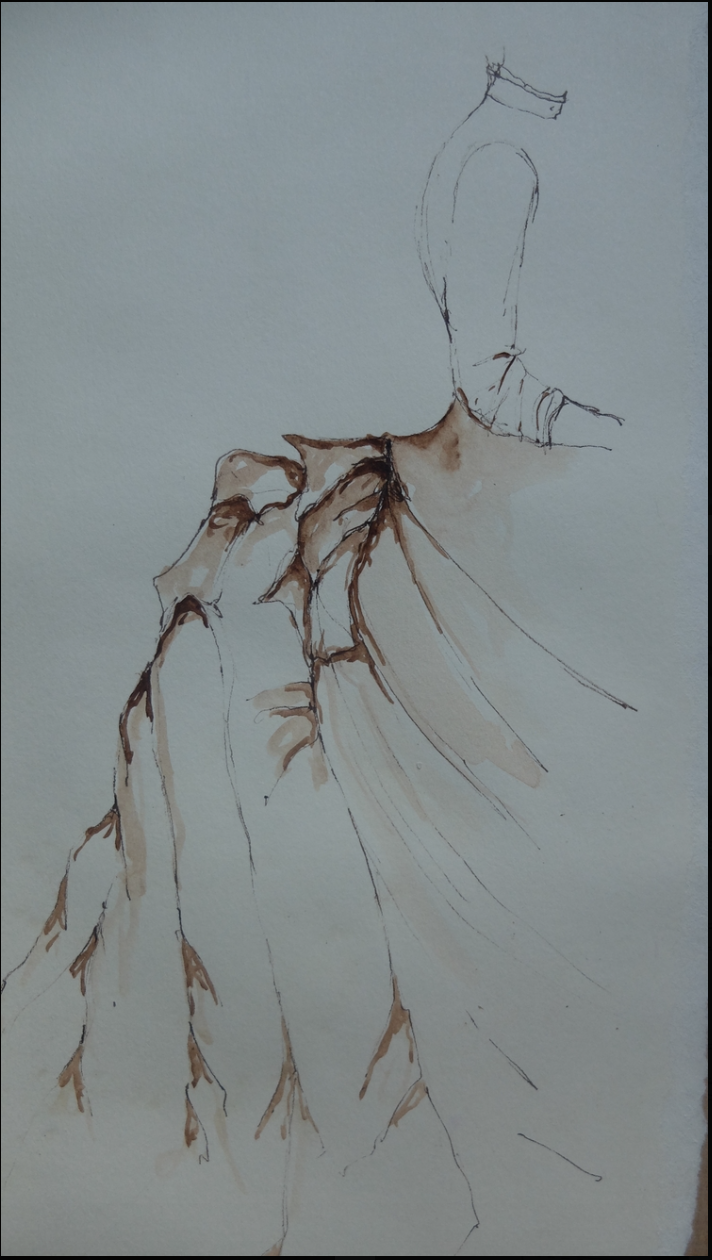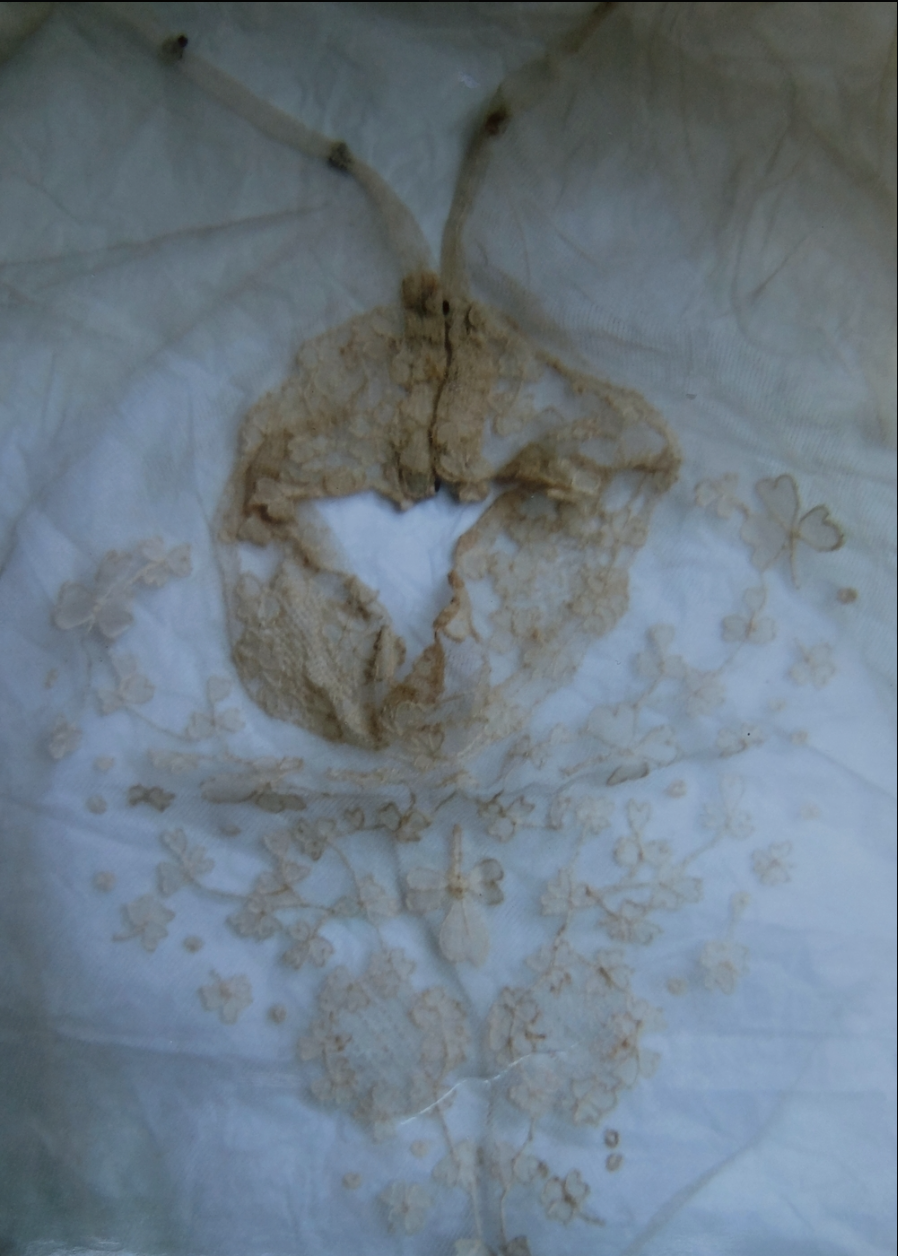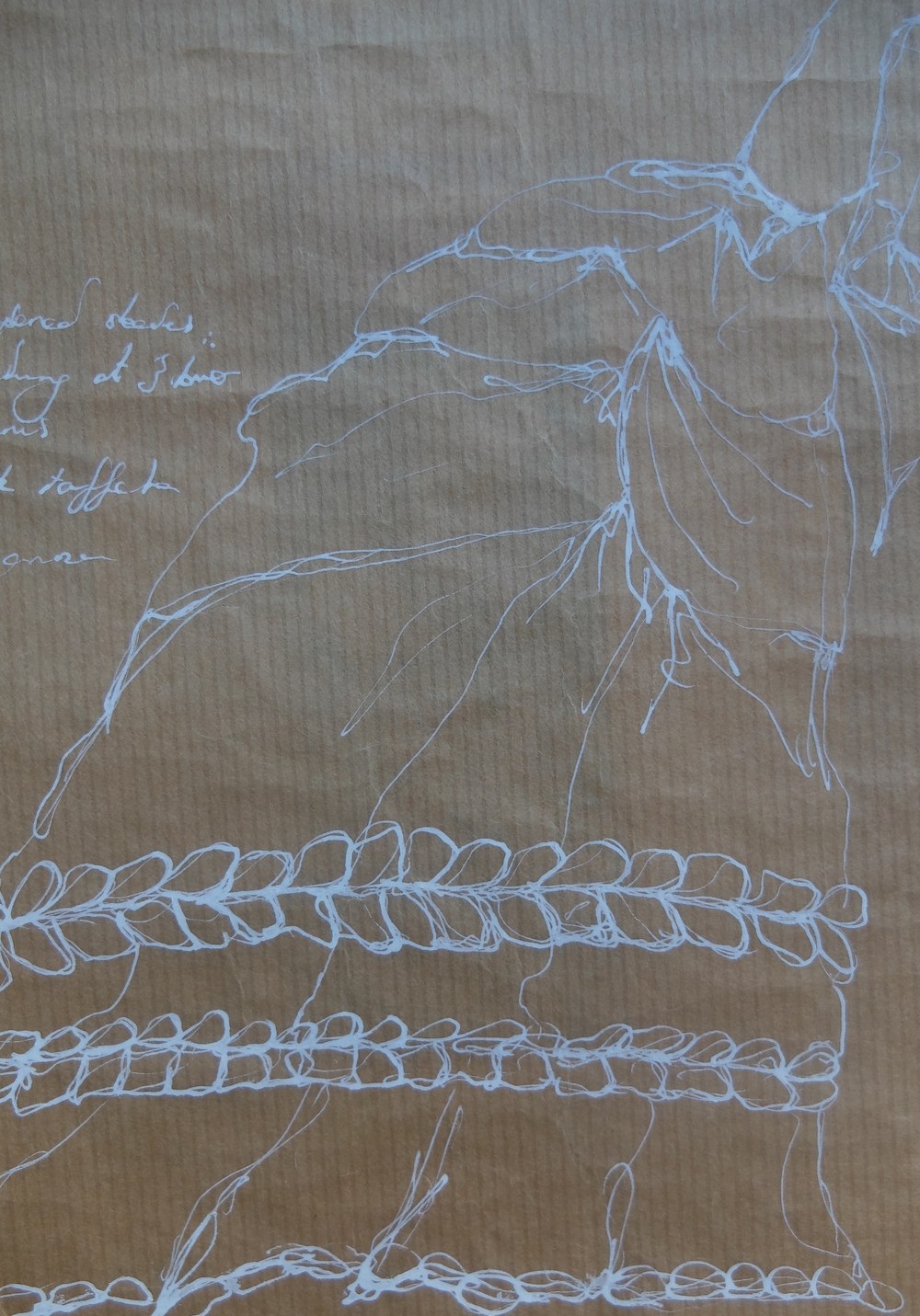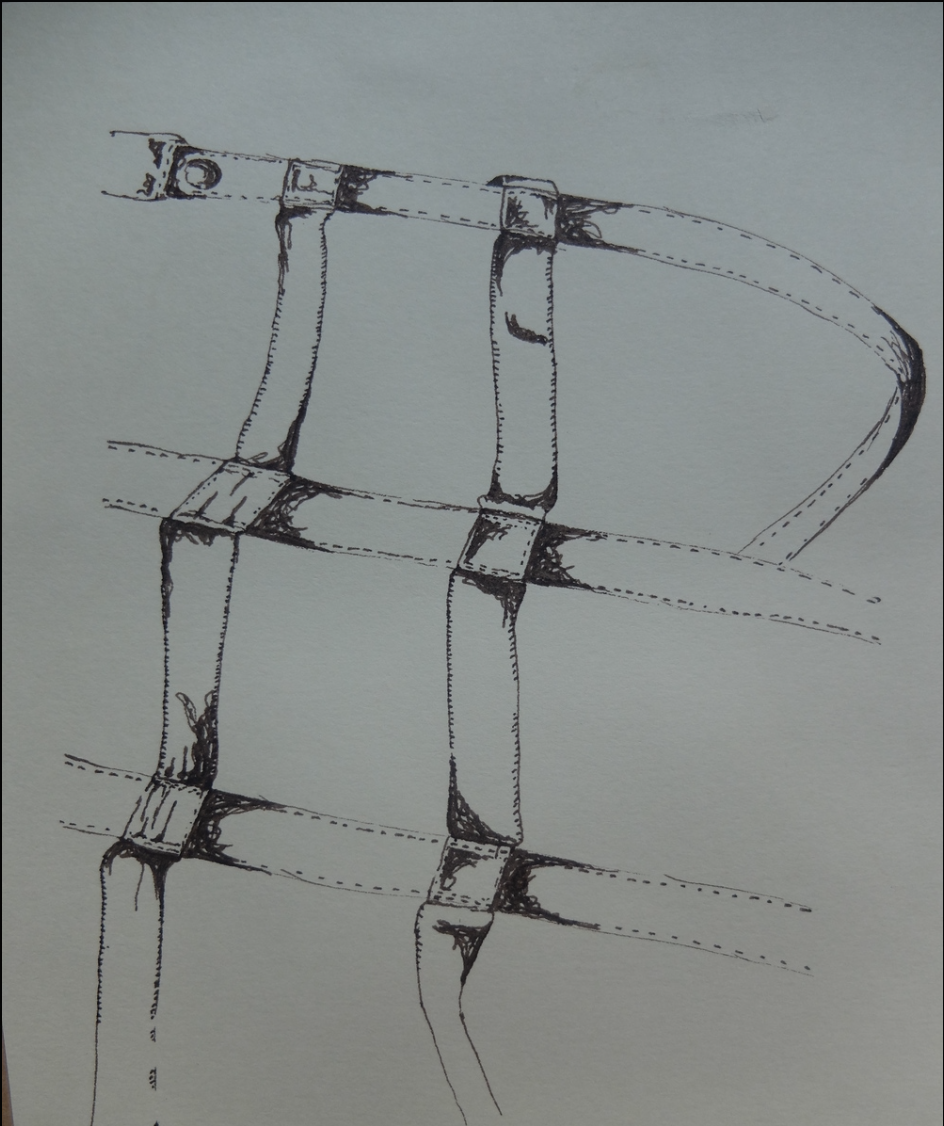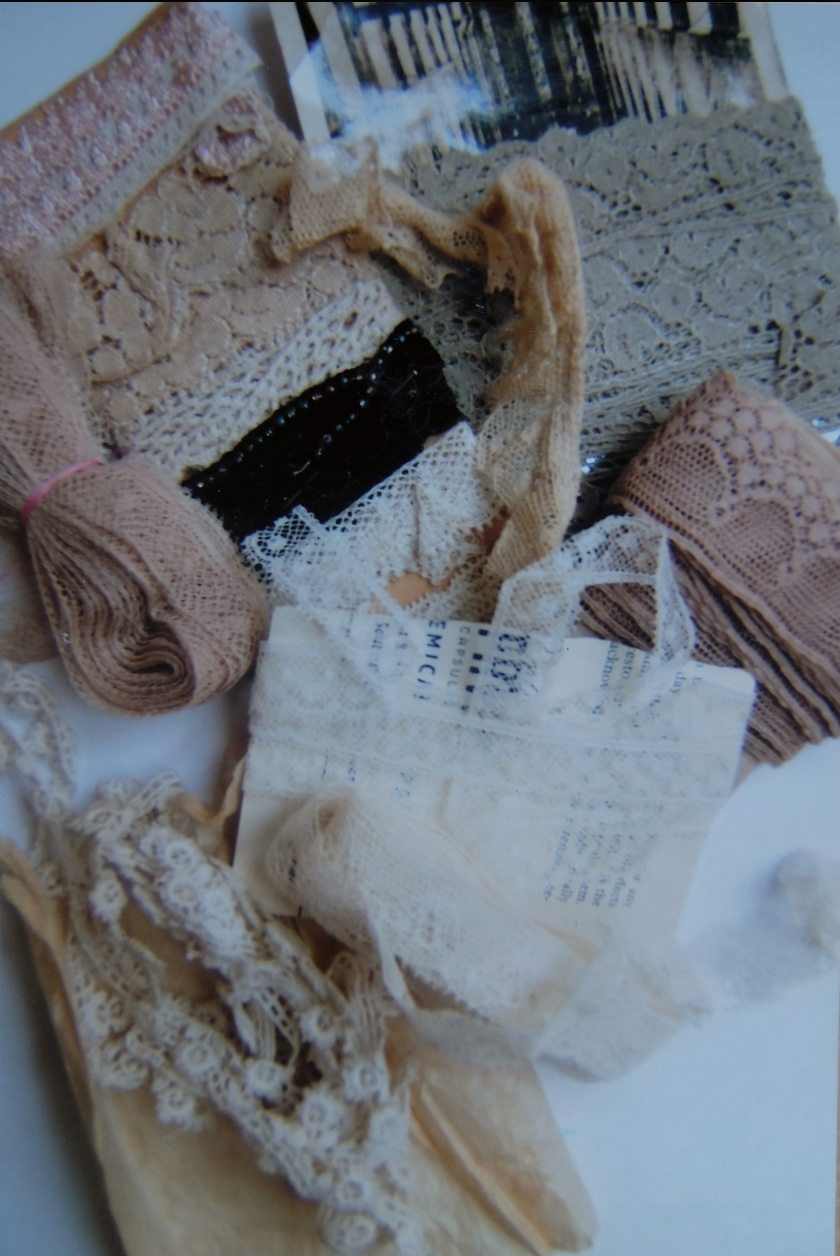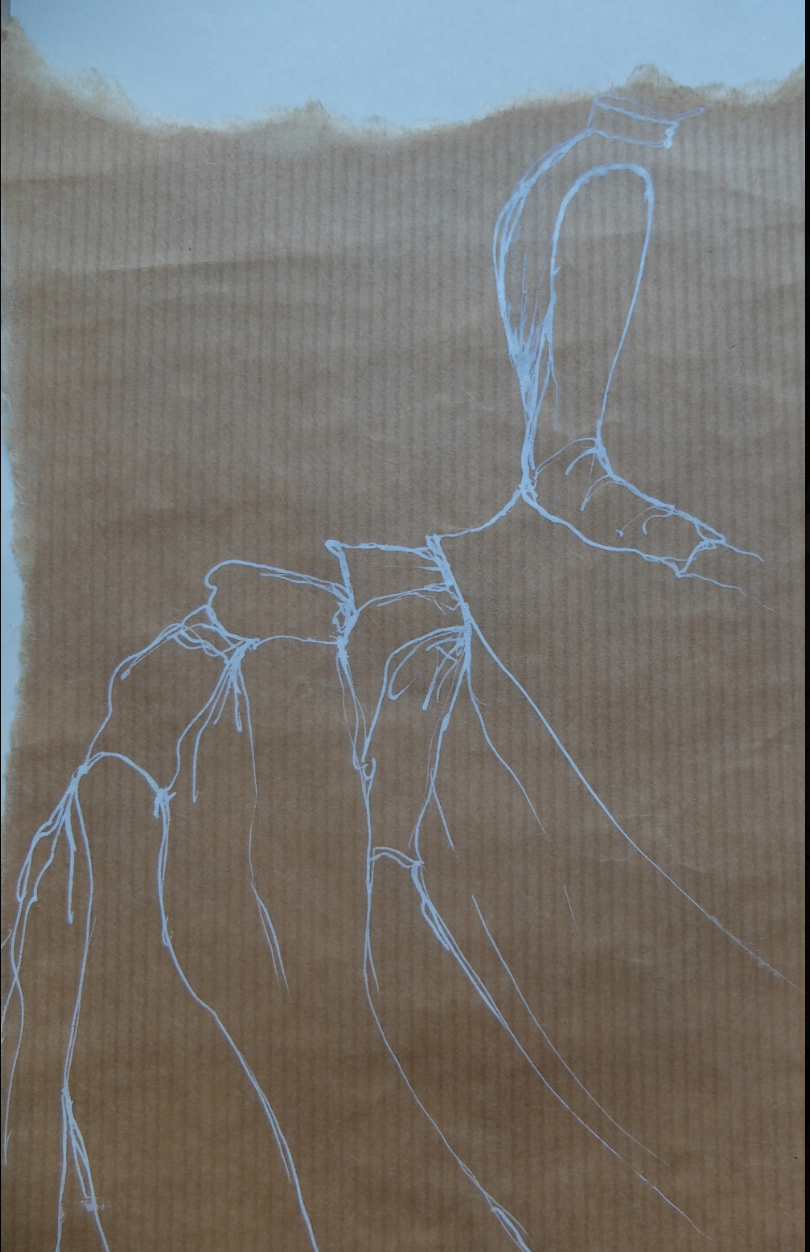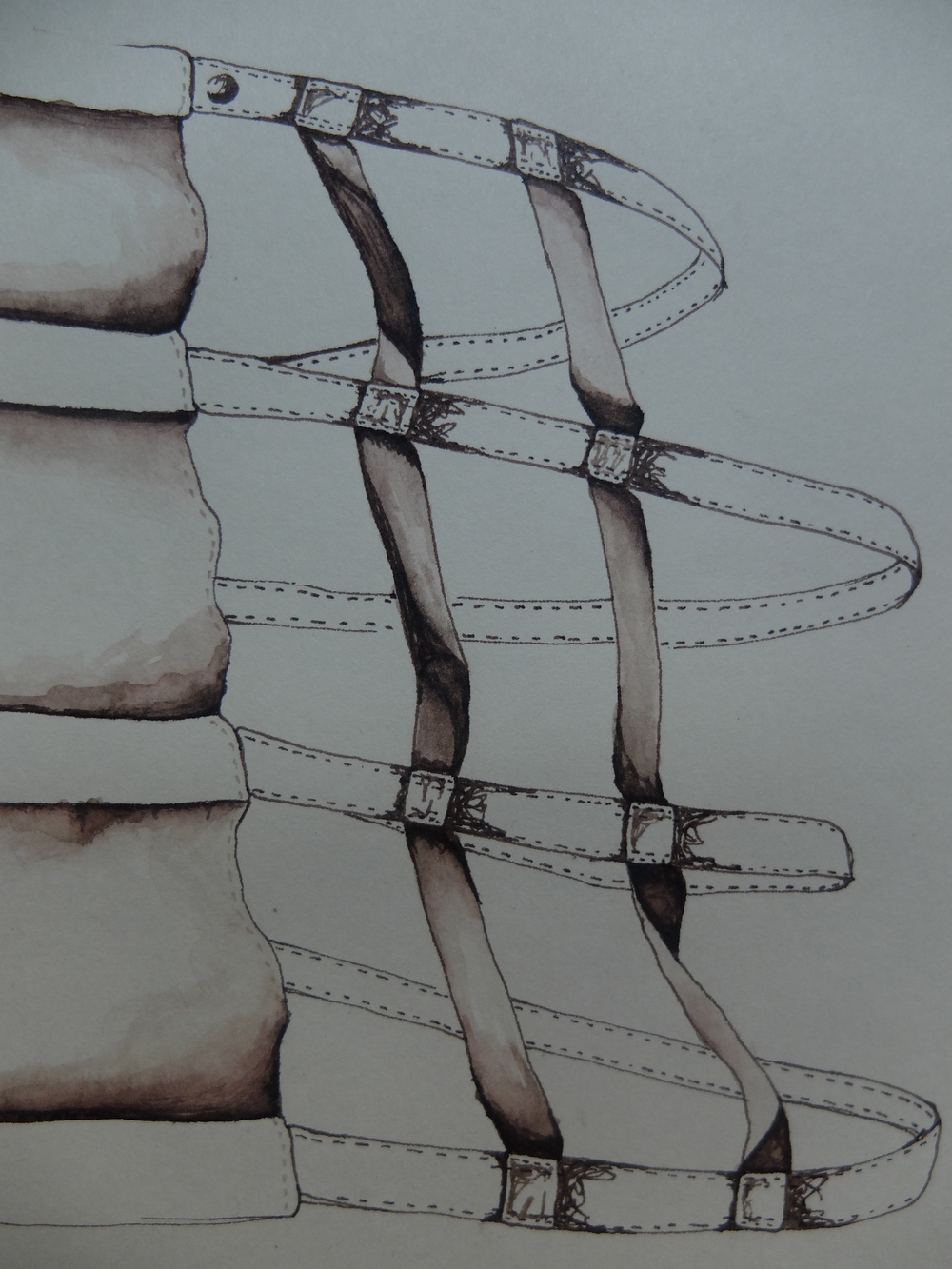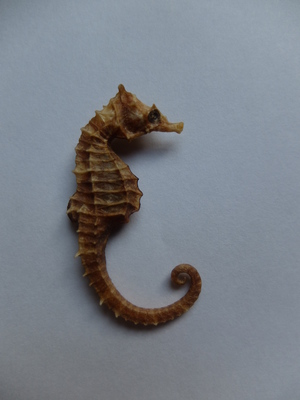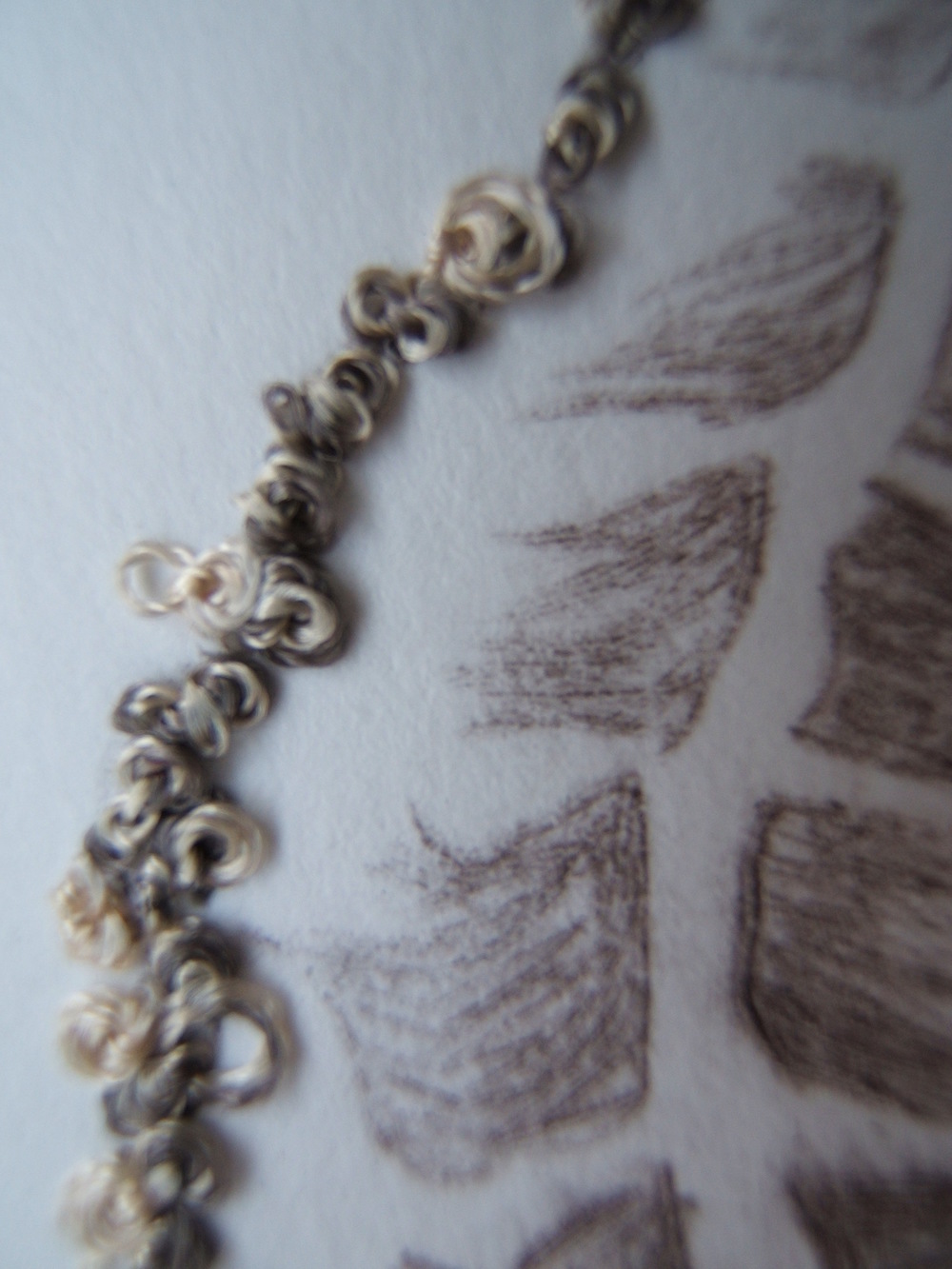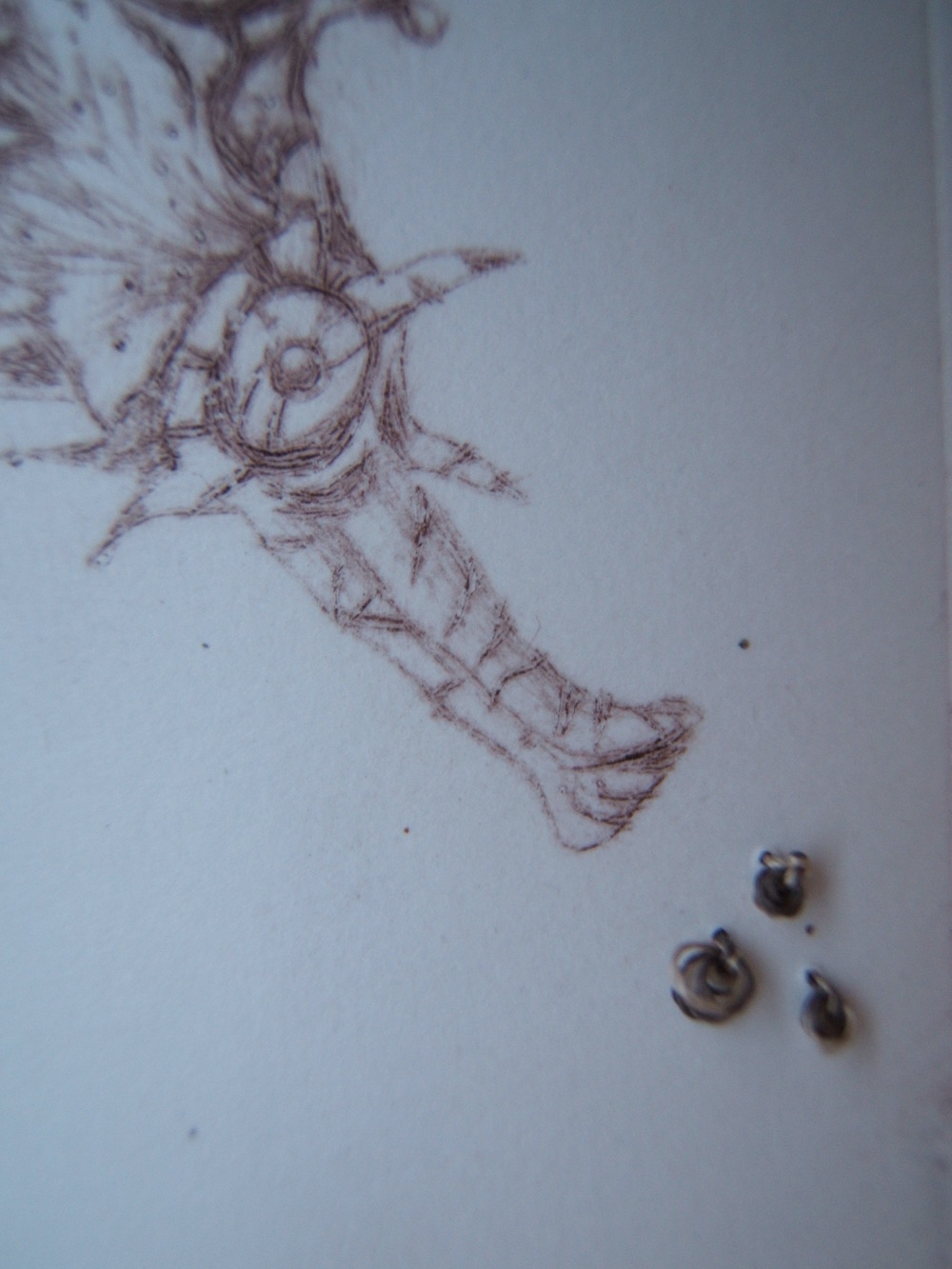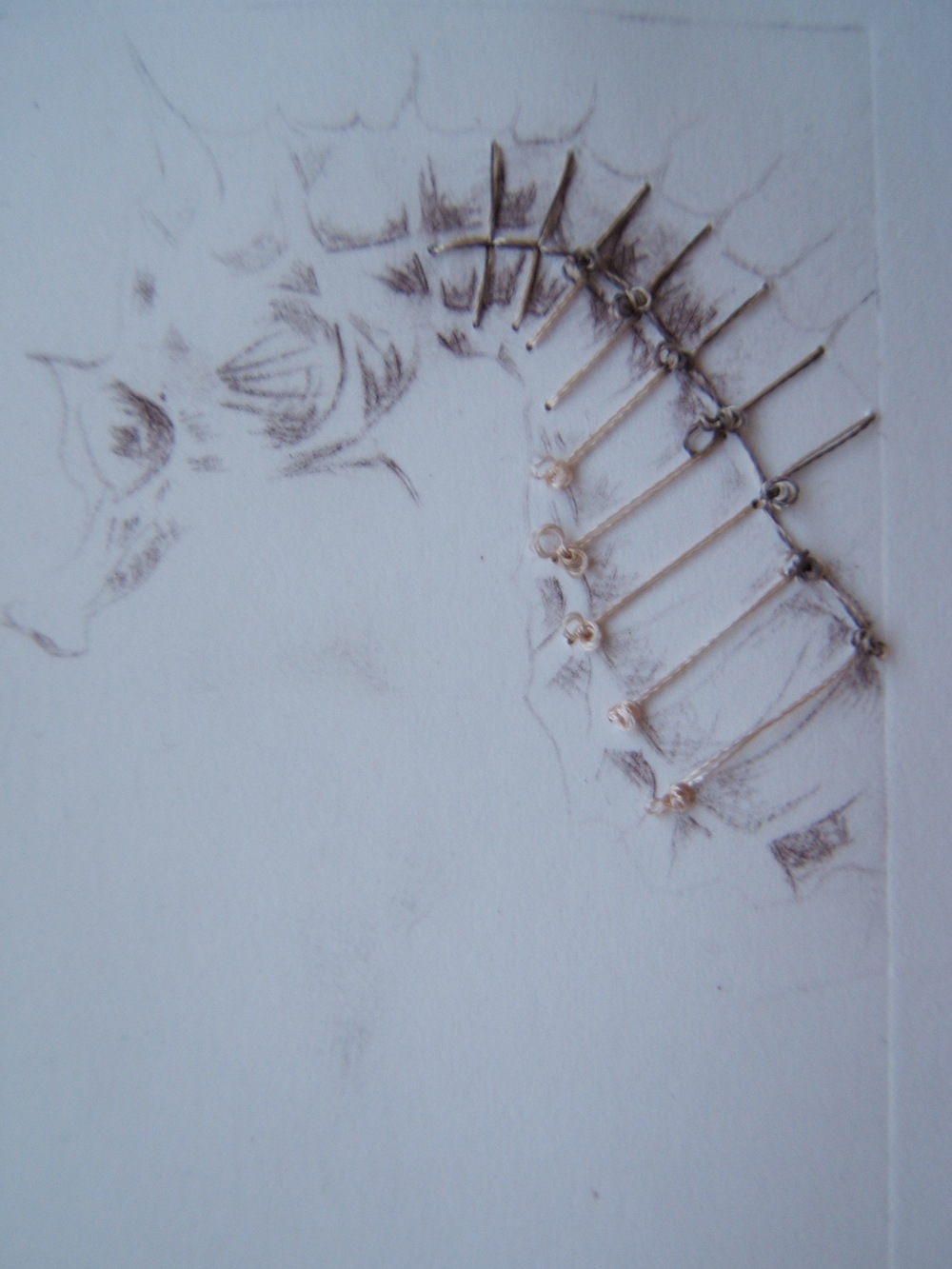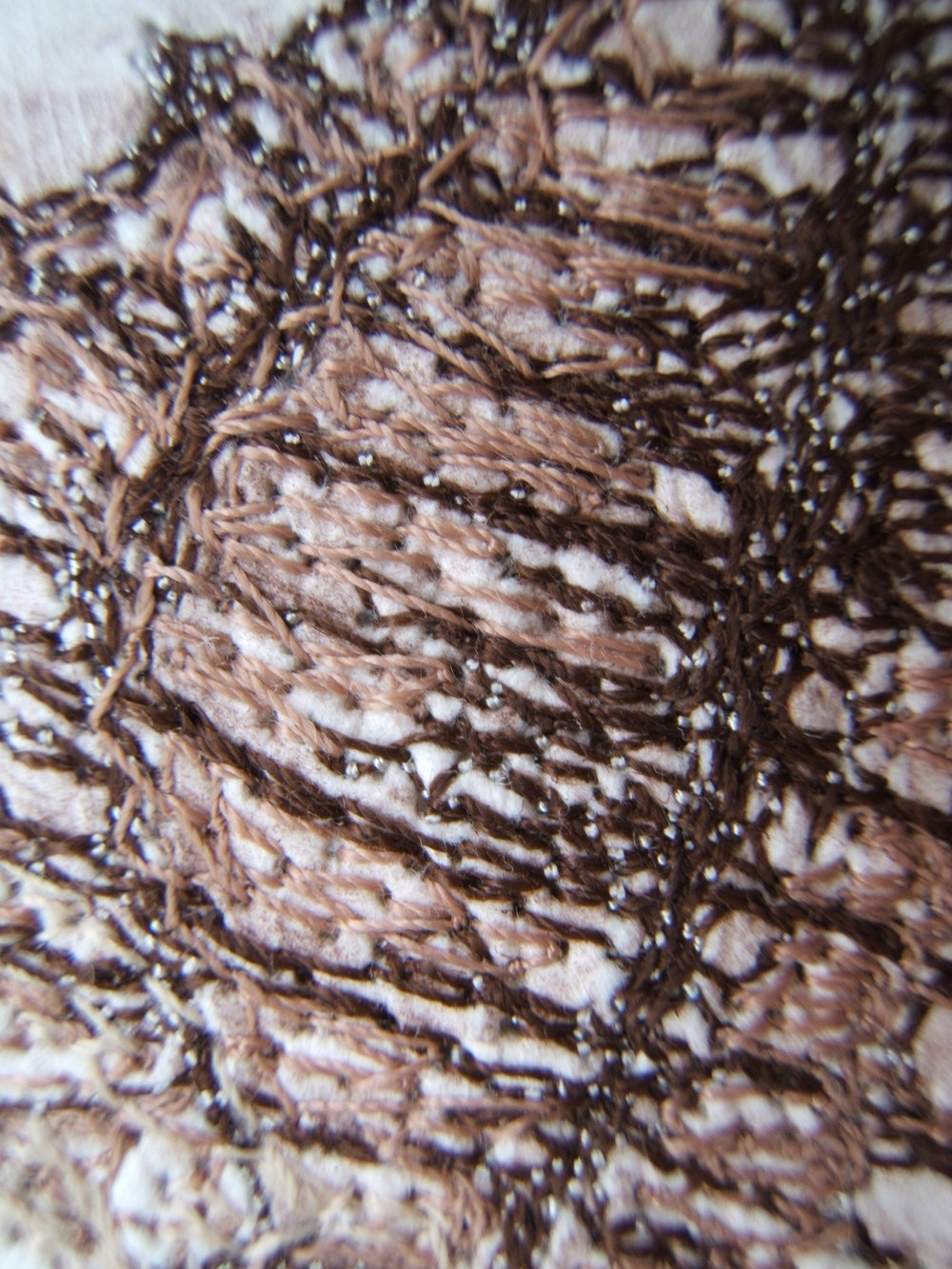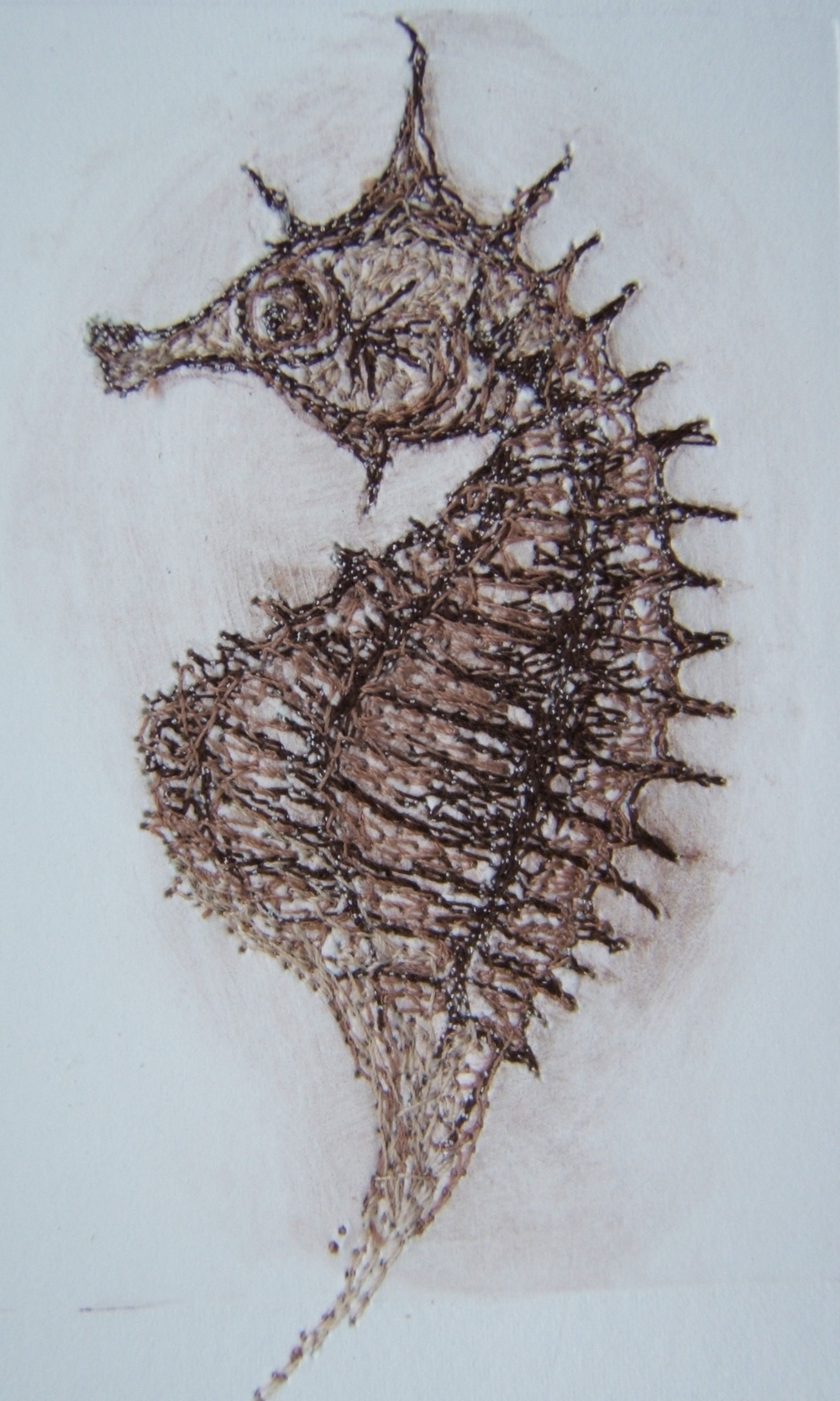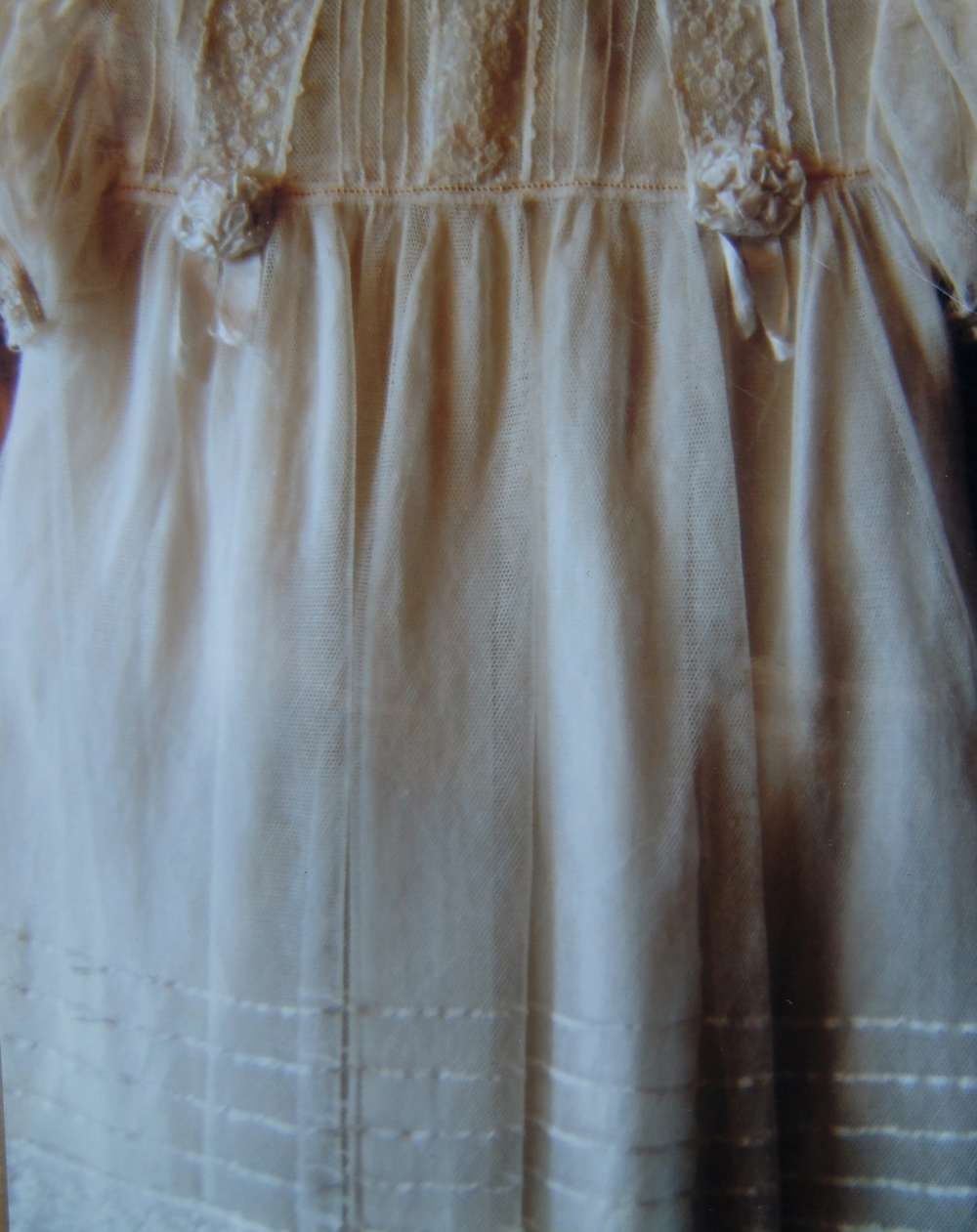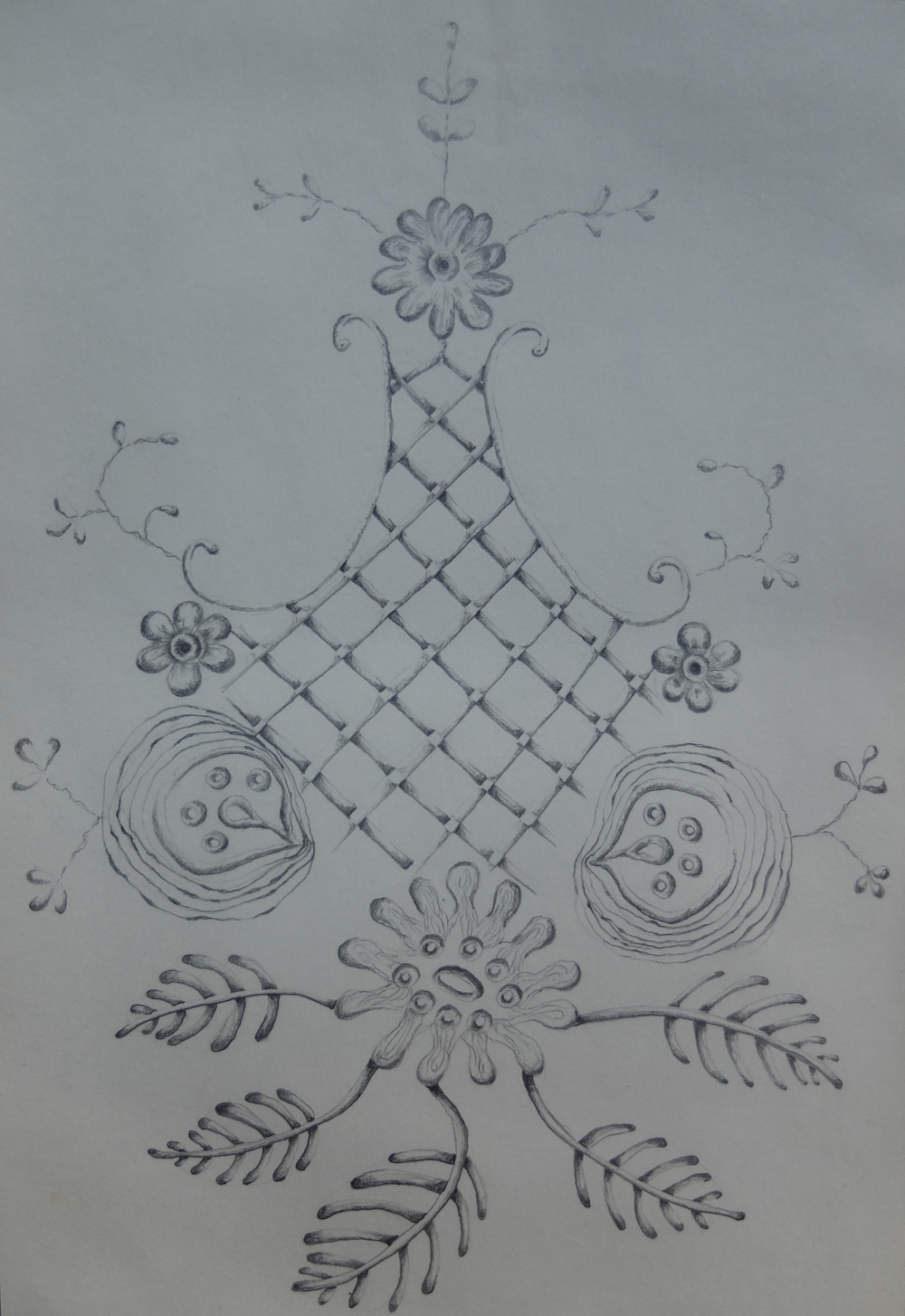This collection of work explores the social constructs of beauty, femininity and gender roles as well as their implications for women. It is inspired by several evocative literary sources which describe the pressures, sacrifices and consequences of conforming to society’s expectations from the female perspective. The series may be viewed as a visual narrative of metamorphosis that seeks to liberate the female, represented by the resonant motif of dolls, from the constrictions of beauty and femininity and in doing so, attempt to reach a compromise in established gender roles. She divests herself of the beautiful, elegant and intricately adorned wedding gowns to reveal the restrictive crinolines concealed beneath. As these disintegrate and decay she frees herself of their oppression and seahorses gradually emerge. The series does not offer a conclusion, but rather suggests that the concepts, notions and rigidity in regards to what is considered beautiful and feminine might be questioned, negotiated and re-aligned.
Notebook
Literature
The collection was inspired by the evocative and resonant poem Shadow Doll by Eavan Boland. It was also informed by several resonant and memorable literary characters such as Miss Havisham in Charles Dickens’ Great Expectations, Esther Greenwood in Sylvia Plath’s The Bell Jar and Edna Pontillier in Kate Chopin’s The Awakening. In contemplating the experience of these fictional women in conforming to society’s expectations of their roles in relationships and marriage, it was considered if a woman can live her life to the fullest, realise her potential, assert her sense of self, or define her identity. What are the repercussions, consequences and sacrifices endured?
The Shadow Doll
(This was sent to the bride-to-be in Victorian times, by her dressmaker. It consisted of a porcelain doll, under a dome of glass, modeling the proposed wedding dress.)
They stitched blooms from ivory tulle
to hem the oyster gleam of the veil.
They made hoops for the crinoline.
Now, in summary and neatly sewn -
a porcelain bride in an airless glamour -
the shadow doll survives its occasion.
Under glass, under wraps, it stays
even now, after all, discreet about
visits, fevers, quickenings and lusts
and just how, when she looked at
the shell-tone spray of seed pearls,
the bisque features, she could see herself
inside it all, holding less than real
stephanotis, rose petals, never feeling
satin rise and fall with the vows
I kept repeating on the night before -
astray among the cards and wedding gifts -
the coffee pots and the clocks and
the battered tan case full of cotton
lace and tissue paper, pressing down, then
pressing down again. And then, locks.
Eavan Boland
In the poem the shadow doll is a metaphor for the experience of both the Victorian bride and the contemporary bride-to-be. In conforming to the social constructs and expectations of feminine beauty and domesticity she is presentable, ‘Now, in summary and neatly sewn’. However, under the glass she becomes an inanimate object kept in, ‘an airless glamour’ and ‘never feeling satin rise and fall with the vows’. The bride is aware of her stifled existence, ‘she could see herself inside it all’ and yet she chooses it, ‘pressing down, then pressing down again. And then locks’. She has decided her fate. There is an intimation of the cessation of living and existence as she remains, ‘a porcelain bride’.
The poem describes the veil and wedding dress beautifully. The subtle colours; ivory, oyster, shell-tone, pearls, and bisque. The delicate fabrics; tulle, satin, cotton and lace convey a soft and gentle femininity. This is augmented by the floral imagery; blooms, stephanotis and rose petals and yet beneath it all is the structure of a cage, a symbol of imprisonment ‘They made hoops for the crinoline’.
Great Expectations
I saw that everything within my view which ought to be white, had been white long ago, and had lost its lustre, and was faded and yellow. I saw that the bride within the bridal dress had withered like the dress, and like the flowers, and had no brightness left but the brightness of her sunken eyes. -Great Expectations, Charles Dickens
Miss Havisham appears as a grotesque and decaying figure, stagnating in her misery and dejection. She looms like a terrible spectre, the terror of being jilted at the altar, an embittered and wizened spinster. Again, the passage is a wealth of descriptive text, with faded colours and fabrics, withered flowers and skin, lack-lustre and disintegrating.
Metamorphosis
In contemplating the assignment and tentative re-alignment of gender roles, inspiration was found in the ethereal and elegant seahorse. Many species of seahorse are monogamous and mate for life following a graceful courtship involving pre-dawn dances, drifting and spiralling together. It is in their reproduction that they are distinguishable from humans as the female seahorse passes the eggs to the male and he incubates and nourishes them in his stomach sac for the gestation period, whilst the female visits him daily for ‘morning greetings’. He then gives birth to the hatched eggs.
The seahorse was used as a visual metaphor to symbolize a negotiation and repositioning of traditional roles as well as a shift in established ideals of beauty, femininity and domesticity. The ensuing results may not be as pleasant, attractive and therefore acceptable however, in challenging these conventions a more authentic solution may emerge, albeit not as beautiful and feminine as is the norm.
Personal Response
Each of the dolls in the series is embedded with a personal element, designs were rendered from my family's Christening gown, my mother's silk and lace chemise, my grandmother's silk slip and my great-grandmother's net curtains. The shells were painstakingly collected with my grandfather's patience.














